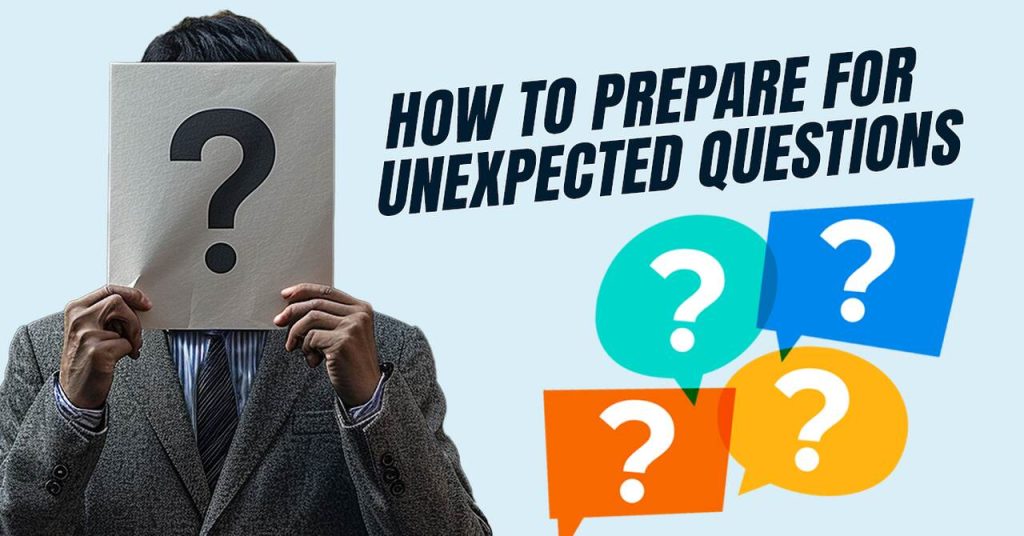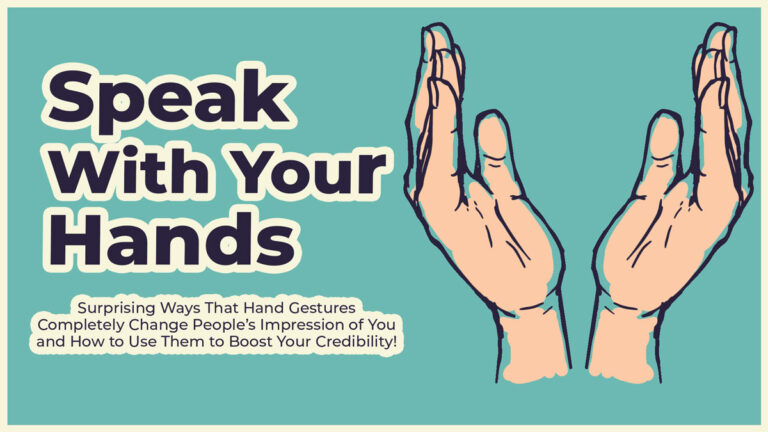Getting through a presentation smoothly is what every presenter aims for.
But in reality, unexpected questions can disrupt your flow.
Being ready for these surprises can turn a good presentation into a great one.
Here are 7 ways how you can prepare to handle any question that comes your way.
You can ace your presentation with these tips.
1. Anticipate Potential Questions
Review your presentation content critically.
Then, identify any part that might generate questions.
Think about complex data or controversial points that could confuse or interest your audience.
Make a list of potential questions and consider your answers ahead of time.
This proactive approach not only prepares you for live questions but also improves the clarity of your presentation.
Being familiar with your audience’s background helps in predicting their questions more accurately.
The better you prepare, the more confidently you can handle inquiries during your presentation.
Preparing for possible questions also shows your commitment to thorough, thoughtful communication.

2. Organise Your Thoughts
When a question is asked, pause to gather your thoughts before responding.
This moment allows you to structure your answer logically, ensuring clarity and conciseness.
Organise the main points you need to address in a sequence that best answers the question.
Avoid rushing your response, as a well-thought-out answer is typically more effective.
Your ability to quickly organise your thoughts reflects your expertise and preparation.
Relate your answer back to your main presentation topics to reinforce the overall message.
This method keeps your presentation coherent and focused.
3. Practise Responses
Practise your answers to potential questions with a colleague or mentor to refine your delivery.
This rehearsal helps in honing your response timing and content under simulated pressure.
Get feedback on your answer’s clarity and your body language to make necessary adjustments.
Recording your practice sessions can be an invaluable tool for visual and auditory feedback.
The more you practise, the more natural your responses will feel.
Practising also builds confidence, which is essential when handling real audience questions.
A well-practised response impresses your audience and enhances your credibility.
4. Stay Calm
Maintain your composure when an unexpected question arises.
Take a deep breath to stabilise any immediate emotional reactions.
Project calmness through your posture and facial expressions which reassures your audience of your competence.
A calm demeanour helps in thinking clearly and responding effectively.
Managing stress at the moment prevents hasty, unclear answers.
Staying calm under pressure is a key skill in professional presentations.
It not only helps in providing better responses but also in maintaining control of the presentation flow.

5. Use Bridging Phrases
Use bridging phrases to smoothly transition from the question to your answer.
These phrases help you buy time to think and frame a coherent response.
They also help in maintaining the flow of the presentation and integrating the question into your scripted material.
Using phrases like “That’s an interesting point” or “Let me explain further” can guide your response direction.
Bridging phrases make your handling of spontaneous questions appear seamless and prepared.
They are effective tools in connecting disparate presentation segments and maintaining narrative continuity.
6. Engage Your Audience
Transform questions into opportunities for interactive dialogue.
Engaging your audience through questions makes the presentation dynamic and memorable.
Use questions to invite audience participation, making the session more collaborative and less formal.
This approach also allows you to gauge the audience’s interest and understanding of the topic.
Audience engagement enhances the learning experience for both the presenter and the attendees.
It shifts the presentation from a monologue to a conversation, which can help in clarifying complex points.
Effective engagement often results in a more impactful and enjoyable presentation.

7. Assess After Presentation
After the presentation, review the questions you received and evaluate your responses.
Reflect on what worked well and what could be improved in your handling of the questions.
Consider the types of questions that were asked and whether they indicate any gaps in your presentation.
Use this reflection to adjust future presentations, ensuring better preparation and delivery.
Continuous improvement through reflection is crucial for developing your presentation skills.
It also prepares you better for future interactions, making each presentation more effective than the last.
Each Question Answered Highlights Your Expertise
In conclusion, being proficient at handling surprise questions greatly enhances your presentation’s effectiveness.
By preparing adequately, practising your responses, and engaging with your audience, you can confidently navigate through unexpected turns.
Each question is an opportunity to deepen your audience’s understanding and showcase your expertise.
Embrace these moments as they come, and let them highlight your professionalism and knowledge.


